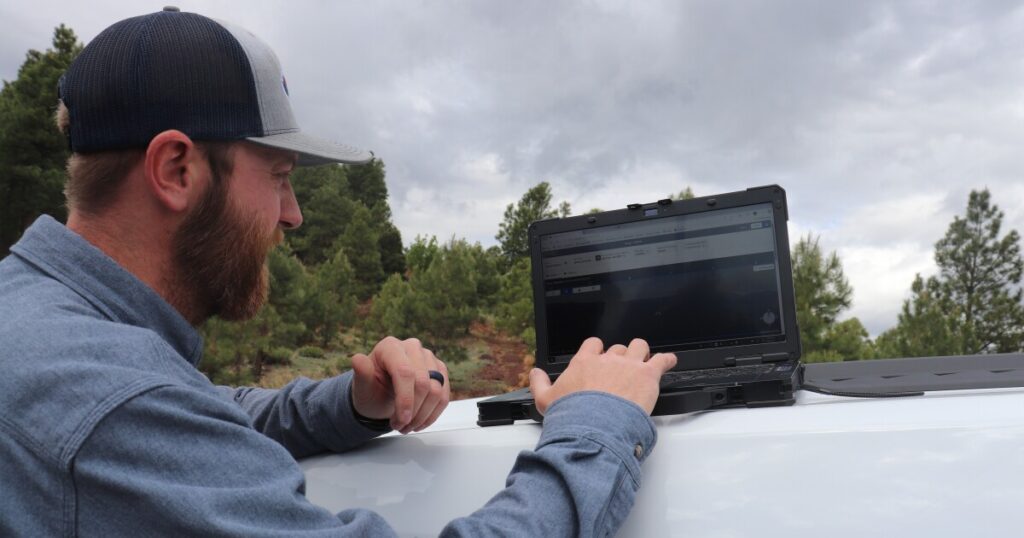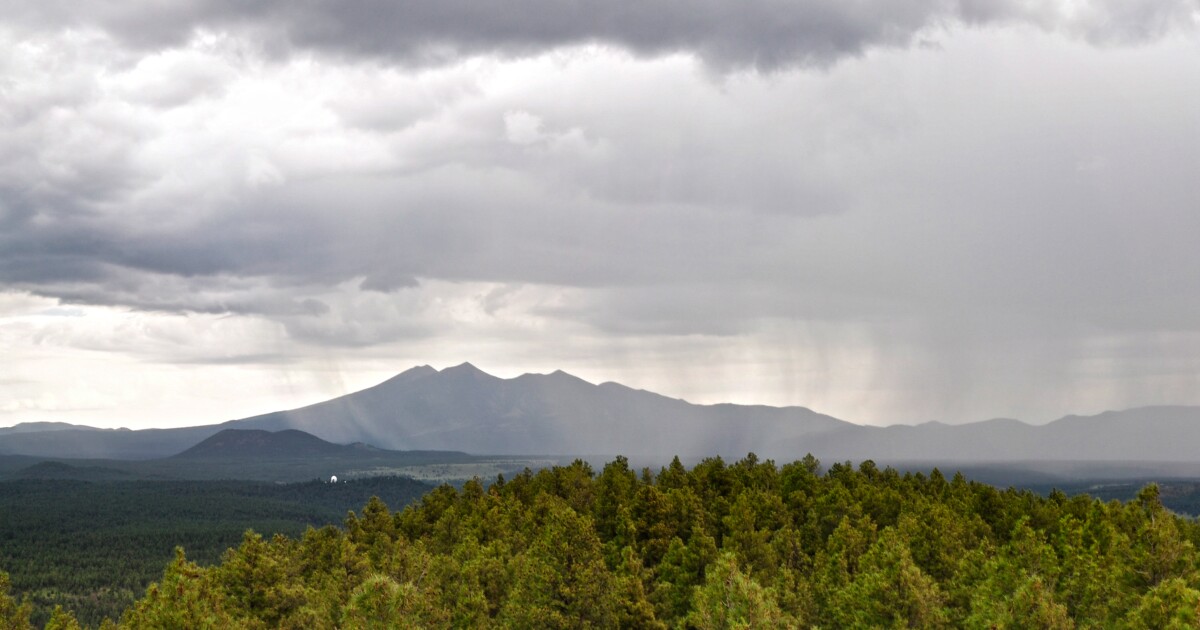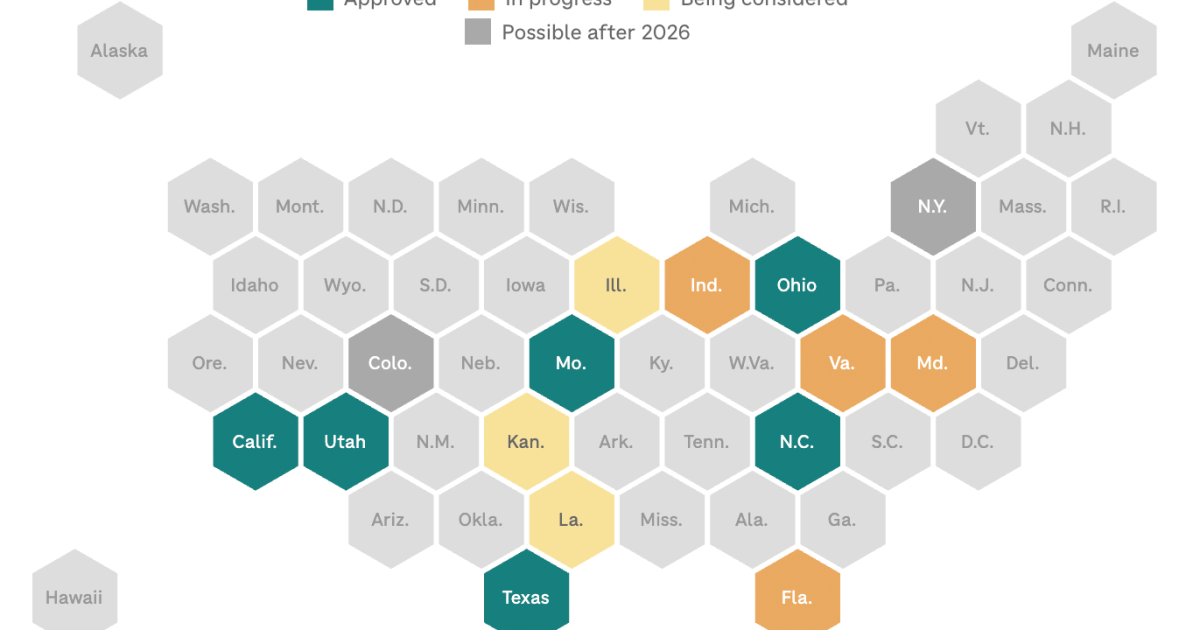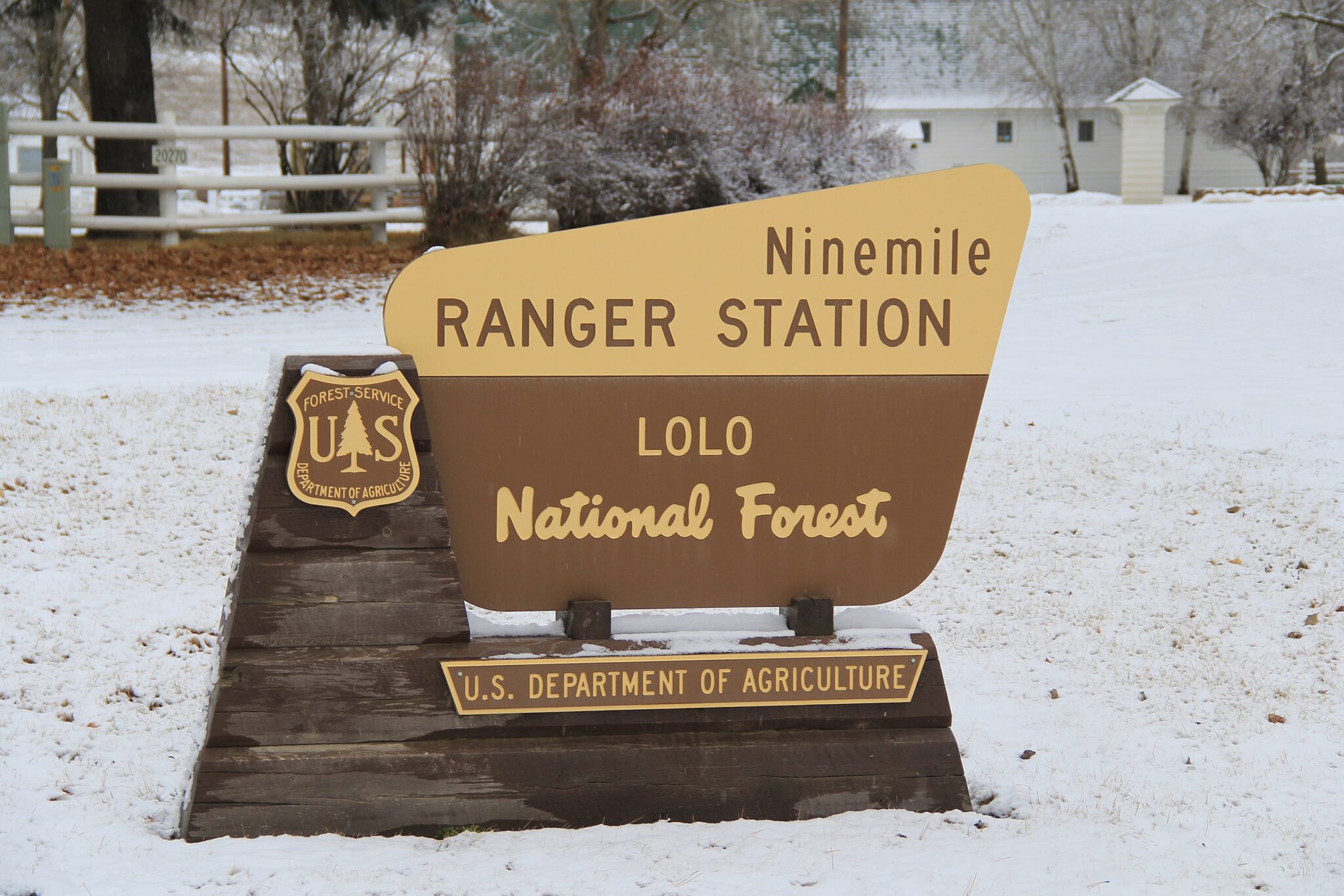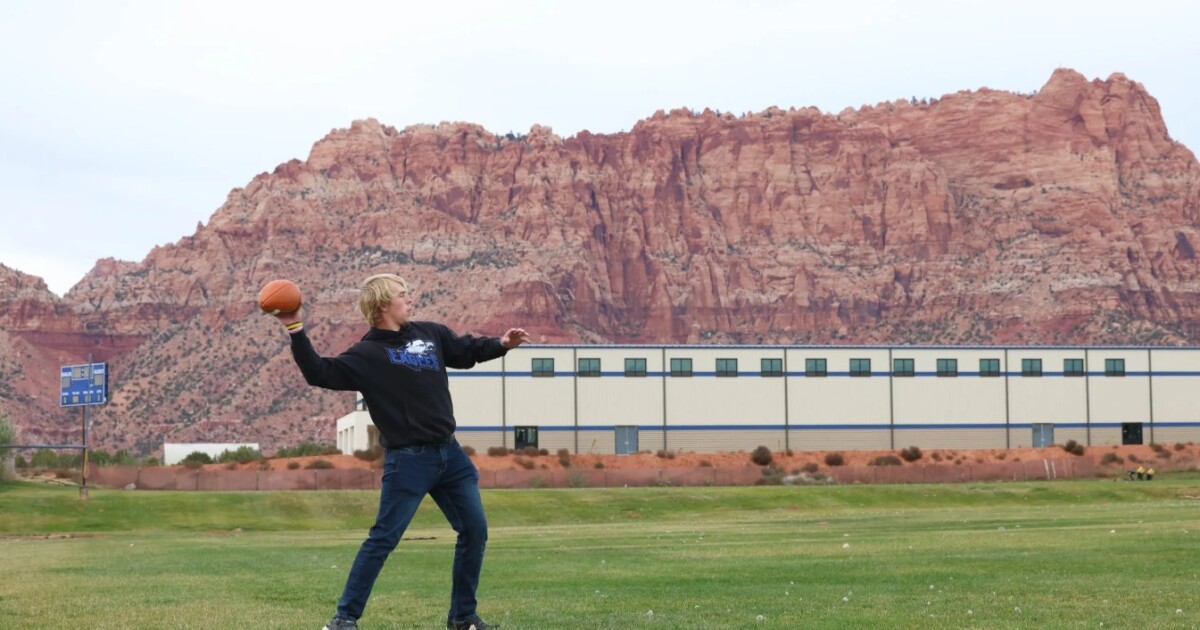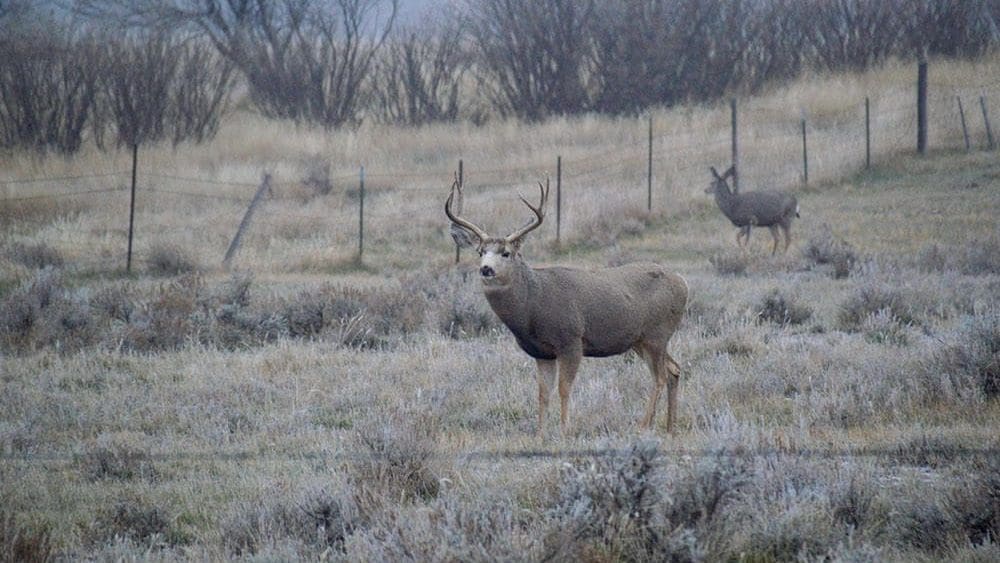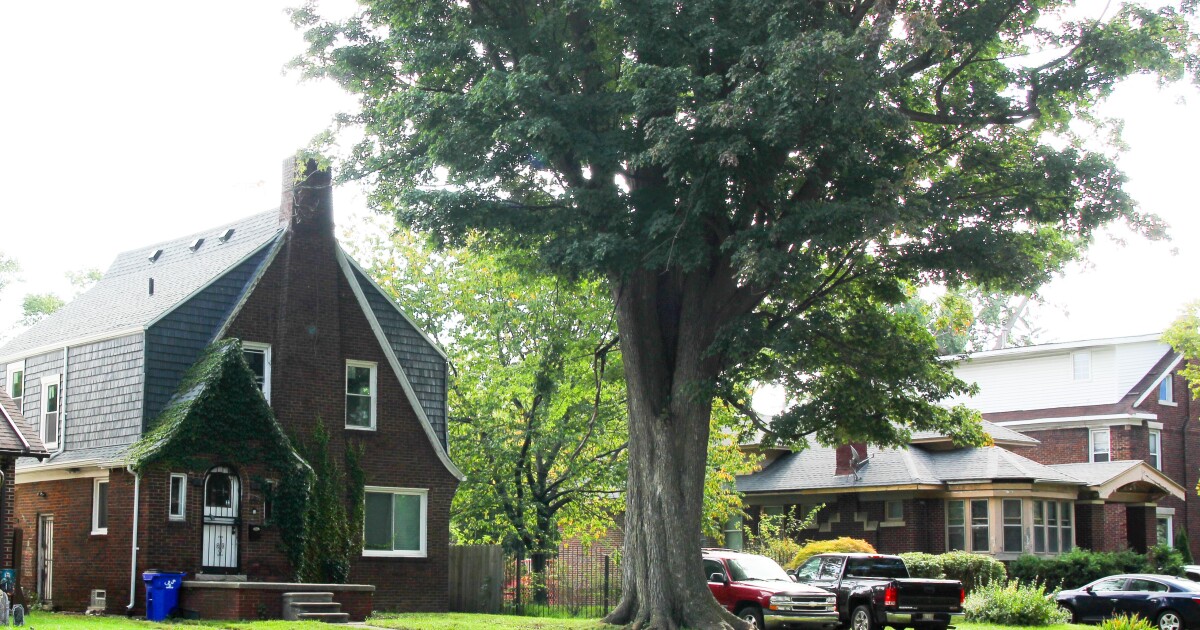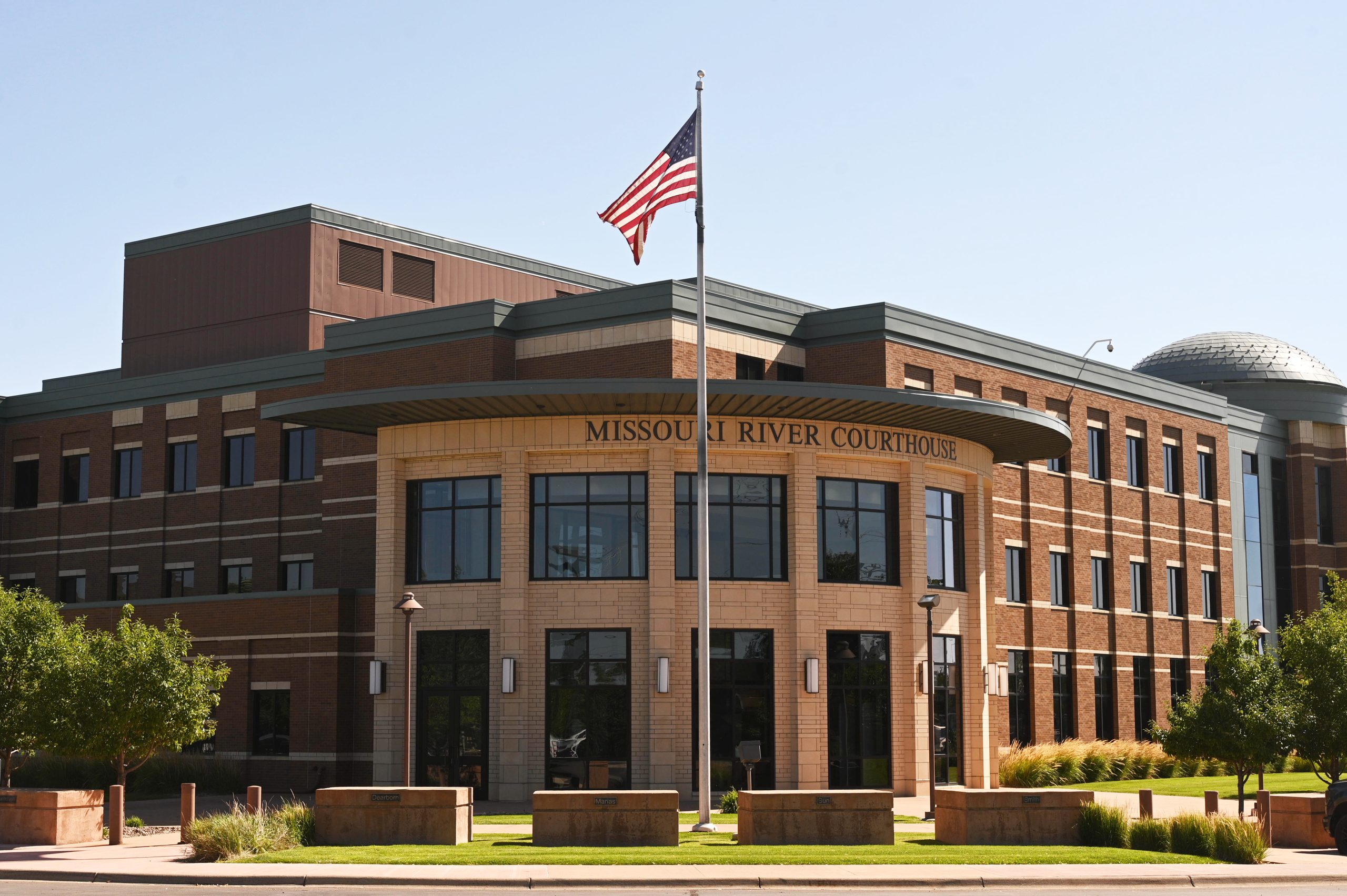The integration of artificial intelligence in wildfire management is taking a significant leap forward with the deployment of AI-driven cameras. Arizona Public Service (APS) aims to enhance its capabilities by installing 30 of these cameras by month’s end. This initiative promises to transform how quickly and effectively wildfires are detected and managed.
Brian Kelley, Wildfire Mitigation Supervisor at APS, explains the functionality of these advanced cameras. “These artificial intelligence cameras are mounted in hilltop locations where there’s a large viewshed where they can see a long distance,” Kelley notes. The cameras have a remarkable ability to detect smoke from as far as 10 miles, and there have been instances where they have identified fires at distances of 20 to 30 miles. Upon detecting smoke, the system alerts the vendor’s dispatch center. A human confirmation follows, and notifications are subsequently sent to APS’s fire mitigation team and various emergency management centers, including federal, municipal, and local agencies.
Pano AI
/
Arizona Public Service
During a demonstration, Kelley highlighted a recent incident captured by the system in the Prescott area, where two cameras from Mount Francis and Mount Union detected smoke, triangulated its location, and identified it as potentially originating from an illegal campfire. This process ensures prompt dispatch of resources, highlighting the system’s efficiency.
The AI technology undergoes a learning phase post-installation, where it becomes adept at distinguishing between different smoke types and other visual obstructions like fog or dust. Over time, these cameras develop the capability to work collaboratively, utilizing AI to refine their accuracy further. Kelley mentions, “Through time, these cameras go through a learning process…it’s really neat what they do.”
An illustrative case of the system’s efficacy was during the Brady Fire in the Prescott National Forest in February. The AI cameras not only detected the fire but also provided precise location data and real-time updates on the fire’s movement, aiding in a swift response.
The urgency for early fire detection is underscored by the increasing frequency and scale of wildfires in Arizona. Kelley emphasizes the critical nature of timely responses to prevent disasters, ensuring both the safety of the community and the reliability of power supply. “We’re all members of the community here. We want our communities to be safe in scenarios that could be catastrophic,” Kelley asserts, underscoring the importance of this technological advancement in wildfire management.
—
Read More Arizona News

